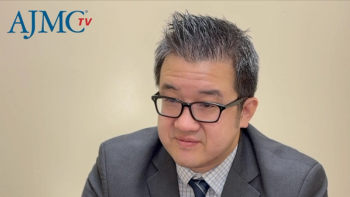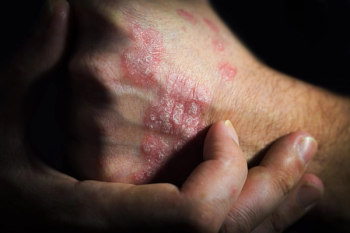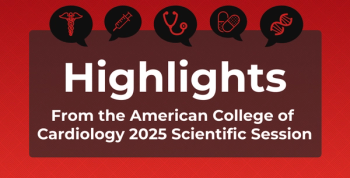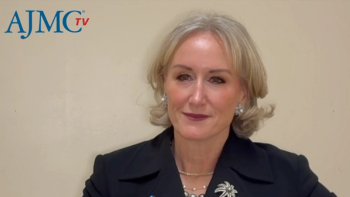
Barriers in Postpartum Health Persist in LGBTQ+ People
Key Takeaways
- LGBTQ+ individuals face significant postpartum healthcare barriers, including higher primary and specialist care use, cost-related nonadherence, and delayed care.
- Despite similar health insurance access, LGBTQ+ individuals report poorer care quality and increased emergency department visits compared to non-LGBTQ+ individuals.
Higher health care needs, more financial barriers, and negative health care experiences defined the experiences of LGBTQ+ individuals in the year after giving birth.
People who were a part of the lesbian, gay, bisexual, transgender, queer, and other sexual and gender minority (LGBTQ+) community were found to have significantly more barriers in the year after giving birth compared with non-LGBTQ+ individuals, according to a study published in
The 2020 Postpartum Assessment of Health Survey was used as the basis for all data in the study. This survey was conducted in Kansas, Michigan, Pennsylvania, Virginia, New Jersey, and Utah as well as New York City and acted as a follow-up to the 2020 CDC Pregnancy Risk Assessment Monitoring System. Individuals who responded with self-reported sexual orientation and gender identity were included in the sample. Logistic regression models were used to estimate the probabilities of outcomes adjusted for both age and state.
There were 4427 individuals included in this study, of whom 5.1% were LGBTQ+. The mean (SD) age of the cohort was 30.0 (5.6) years. The researchers found that LGBTQ+ people were more likely to report any primary care (11.8 percentage points [PP]; 95% CI, 1.6-21.9), cost-related nonadherence (8.3 PP; 95% CI, 0.6-15.9), any specialist care (15.3 PP; 95% CI, 5.3-25.4), delaying needed care (14.6 PP, 95% CI, 6.8-22.4), low care quality (10.7 PP; 95% CI, 0.3-21.1), and any use of the emergency department (12.4 PP; 95% CI, 2.7-22.2) compared with non-LGBTQ+ individuals. Dental care was less likely to be reported in LGBTQ+ individuals (–14.4 PP; 95% CI, –24.7 to –4.1). Health insurance and health care visits did not significantly differ between the 2 groups.
This result builds on previous studies that had shown inequities in LGBTQ+ care. A previous
The study was limited due to the self-reporting of health care received and the smaller number of LGBTQ+ individuals who were included in the overall study. The survey was also conducted in 2020 during the COVID-19 pandemic, which could have affected care received and could limit generalizability to time periods outside of the pandemic.
The researchers concluded that “despite similar access to health insurance, LGBTQ+ people had large inequities in unmet health care needs and cost-related medication nonadherence in the postpartum year.” LGBTQ+ people were more likely to use the emergency department, primary care, and specialist care when compared with non-LGBTQ+ people, which could reflect on worse birth outcomes, unmet needs in health care, and the increased risk of mental health syndromes after birth, highlighting the persistent inequities between LGBTQ+ individuals and non-LGBTQ+ individuals in health care.
References
- Nguyen KH, Daw JR, Allen HL. Postpartum care differences in LGBTQ+ and non-LGBTQ+ individuals. JAMA Health Forum. 2025;6(5):e250672. doi:10.1001/jamahealthforum.2025.0672
- Lampe NM, Barbee H, Tran NM, Bastow S, McKay T. Health disparities among lesbian, gay, bisexual, transgender, and queer older adults: a structural competency approach. Int J Aging Hum Dev. 2023;98(1):39-55. doi:10.1177/00914150231171838
- Das RK, Gonzales G. Self-reported behaviors regarding medications to save money among sexual minority adults in the US, 2015-2018. JAMA. 2021;326(24):2526-2529. doi:10.1001/jama.2021.20335
Newsletter
Stay ahead of policy, cost, and value—subscribe to AJMC for expert insights at the intersection of clinical care and health economics.












































